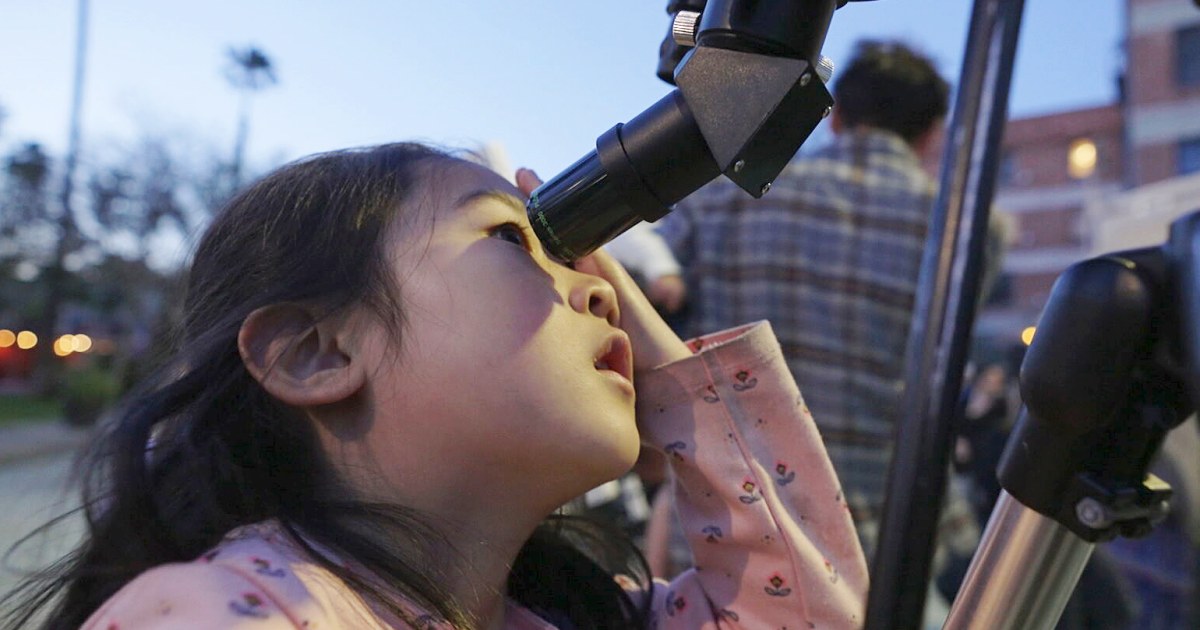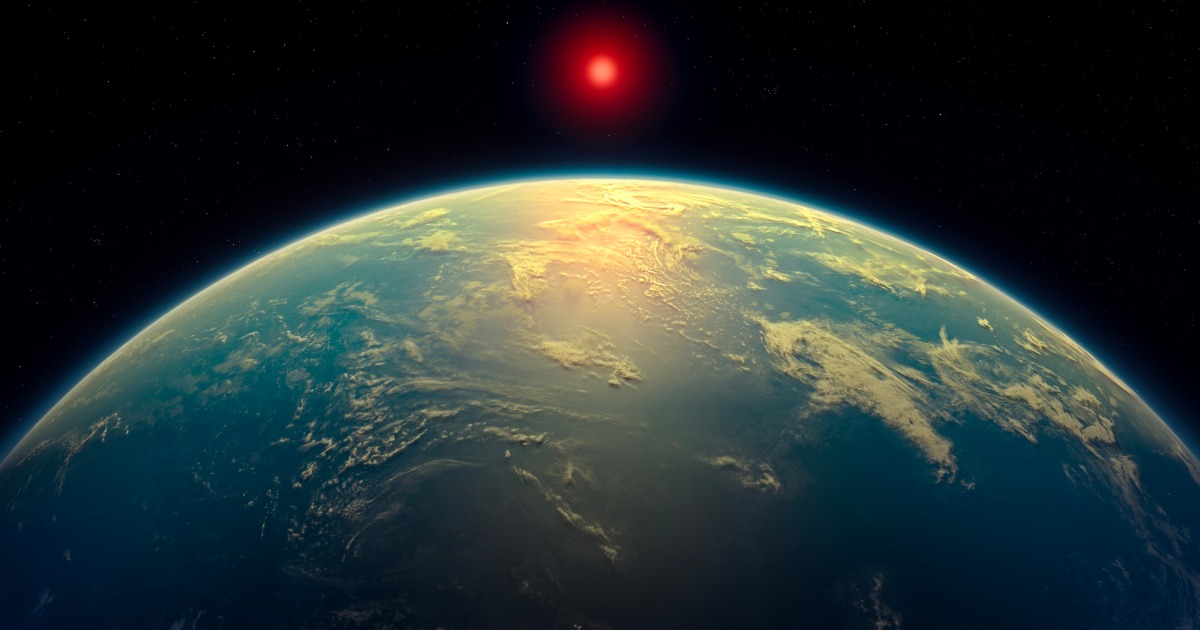
HRDI
HRDI stands for High Resolution Doppler Imager. It is an instrument used to measure the ionospheric plasma drift and density in the Earth's upper atmosphere. HRDI is a part of the Upper Atmosphere Research Satellite (UARS) mission launched by NASA in 1991. The instrument uses the Doppler shift of the 630.0 nm emission of the O+ ion to measure the plasma drift velocity. HRDI has provided valuable data on the dynamics of the Earth's upper atmosphere and its interaction with the solar wind.
Your Previous Searches
Random Picks
- Neutral Beam Injection: Neutral Beam Injection (NBI) is a method of heating and controlling plasma in fusion devices. It involves injecting high-energy neutral particles into the plasma, which then ionize and transfer their energy to the plasma particles through c ... Read More >>
- Zeolites: Zeolites are a group of porous minerals with a unique crystalline structure that can be used as catalysts, adsorbents, and ion exchangers in various applications in space and astronautical engineering. Due to their high surface area, unifor ... Read More >>
- Base: In space and astronautical engineering, a base refers to a facility or location on a celestial body, such as a planet or moon, that is used for scientific research, exploration, or as a launch site for further missions. Bases can be establi ... Read More >>
Top News

Easter's date remains divisive. Some church leaders want that to change...
Eastern and Western churches will celebrate Easter on the same day this year, while marking 1,700 years since the Council of Nicaea unified Christian doctrine...
News Source: ABC News on 2025-04-19

In a city of stars, Los Angeles astronomy club makes sure to keep looking up...
LOS ANGELES — While Los Angeles is home to the biggest stars in the world, a monthly get-together is proving that the city’s rich and famous have nothing on the universe....
News Source: NBC News on 2025-04-18

This week on "Sunday Morning" (April 20)...
A look at the features for this week's broadcast of the Emmy-winning program, hosted by Jane Pauley....
News Source: CBS News on 2025-04-17

Scientists detect strongest hints yet of life on a distant planet...
Scientists have detected unique chemical patterns similar to those produced by the Earth's algae and seaweed — raising the possibility of the presence of a warm ocean, perhaps teeming with life, on ...
News Source: NBC News on 2025-04-17

Is there life on another planet? Scientists find the strongest evidence yet...
Near a planet far, far away astronomers have found traces of chemicals that on Earth are only produced by living beings....
News Source: Al Jazeera English on 2025-04-17